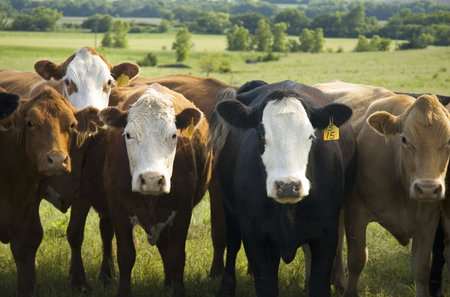A new study predicts the growing labour shortages will impact the success of the whole industry
By Jennifer Jackson
The strength of the red meat industry is at risk – all due to increasing job vacancies and the lack of sufficient workers to fill those vacancies, according to a new study.
The Labour Market Forecast to 2025, researched by the Canadian Agricultural Human Resource Council (CAHRC), found that labour shortages are expected to increase significantly by 2025, affecting cattle, swine, and feedlot operations.
In 2014, the beef industry consisted of 40,900 workers, and had 3,500 unfilled positions, according to researchers. At the same time, the pork industry consisted of 14,000 workers and had 800 unfilled positions. Researchers predict the job vacancies to climb to over 15,500 by 2025, according to a CAHRC Dec. 20 release.
As the demand for Canadian red meat exports has been growing globally, the shrinking workforce is a significant concern. Because of these shortages, researchers found Canada lost some $311 million in sales.
However, it is not just the export program that is suffering. Researchers conducted a national survey of pork and beef producers, and found that:
- 23 per cent of beef producers declared they had production losses due to labour shortages,
- 38 per cent of pork producers also reported losses from lack of a workforce, and
- 21 per cent of beef producers and 17 per cent of pork producers claimed they had faced delays in operation expansions due to labour shortages.

What is the cause of these challenges?
The aging “older-than-average” workforce is the most significant factor, researchers said. “Over the next 10 years, nearly one in three Canadian beef workers and one in four Canadian pork workers are expected to retire,” the release said.
In contrast to some other agricultural sectors, the beef and pork industries offer positions that are less affected by seasonal demand, have more stable hours, and are less labour intensive, according to the report.
This work environment, however, is proving not to be enough to attract staff.
The lack of young workers and of workers with agricultural training pose threats to the future of the industry, and to the producer at the farm level.
Farms.com is awaiting comment from the Alberta Beef Producers on the impacts of these challenges on producers.
Click here to see more...